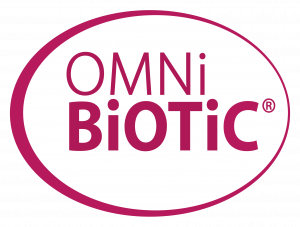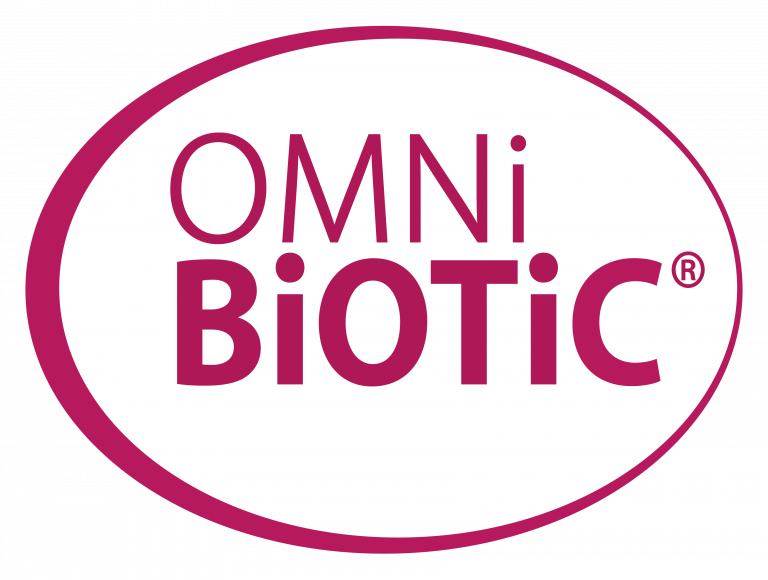A sudden onset of pain, as if there were needles in the joint, is how a gout attack manifests itself. It usually starts in the big toe or in the knee or finger joints. The slightest touch is enough and the pain sets in suddenly. In the times of emperors and kings, gout was one of the first diseases of affluence, caused by gluttony and lots of wine. This explains the rising numbers of people with western lifestyles today. But what can you do to relieve gout symptoms? Besides a strict diet and uric acid-lowering drugs, the intestine and the microbiome also come into therapeutic focus. We, at Bauchgefühl, our gut health magazine, spoke to the general practitioner Dr Heinz-Jürgen Träger.
bauchgefühl: Gout is one of the most common diseases. But what kind of disease is gout and who does gout affect mostly?
Dr. med. Heinz-Jürgen Träger: Gout is a metabolic disease in which there is an abnormal increase in the level of uric acid in the blood. As a result, uric acid crystals can form, which are deposited in the joints and can lead to an extremely painful inflammation of the affected joint. The first time it happens, the big toe is usually affected and it is sometimes reported that gout is worse at night.
Hyperuricemia, i.e. a too high uric acid level in the blood, is said to occur in men from a uric acid level of 7 mg/dl in the serum, and in women from 5.7 mg/dl. Although not everyone with an elevated uric acid level shows symptoms, the likelihood of joint disease increases with the uric acid levels in the blood. Almost one-fifth of all men today have hyperuricemia, but far fewer (about 2-3%) get gout. Men usually suffer from it more often – due to higher alcohol consumption and a diet with greater meat content. They develop the disease between the ages of 40 and 50, women more between the ages of 50 and 60, because the female sex hormone oestrogen protects against gout and its level normally only drops after the menopause.
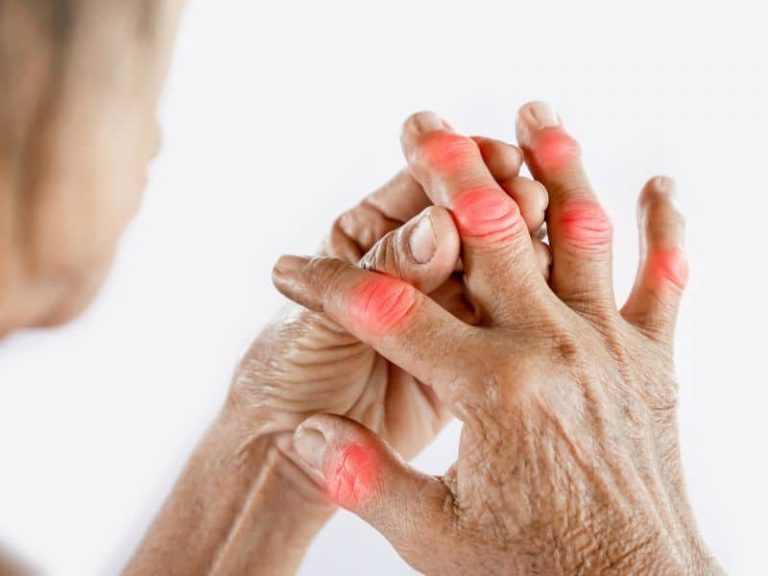
bauchgefühl: Are there any initial warning signs that indicate gout?
Dr. med. Heinz-Jürgen Träger: As a rule, the elevated uric acid level in the blood is discovered during a preventive check-up. At the latest when the disease has manifested itself in the joints and the first real attack of gout occurs, people seek medical attention, because such pain is hard to bear: “I can’t even stand the bedcovers touching my inflamed toe,” is a frequent complaint. But hyperuricemia can also go on for a long time without symptoms.
bauchgefühl: Is this inflammation of the joints also connected or interrelated with other diseases?
Dr. med. Heinz-Jürgen Träger: Gout is the most common inflammatory joint disease. It is a metabolic disease that is becoming increasingly common worldwide and is often associated with diseases of the cardiovascular system. More than half of all gout patients also suffer from high blood pressure, not infrequently in combination with metabolic syndrome, with excessive blood sugar and blood fat levels as well as obesity. Medication (e.g. water expelling tablets) and kidney diseases promote the occurrence of gout. Sudden weight loss, whether intentional or unintentional, can also trigger the disease.
bauchgefühl: What is the cause of gout? Only your lifestyle? Or also a genetic predisposition?
Dr. med. Heinz-Jürgen Träger: The fact is that the western lifestyle is responsible for many diseases. In the past, only 10% of all diseases we treated daily in our practices were chronic. Today it is almost 90 %. Too much sugar (especially fructose in processed foods), bad carbohydrates, especially red and industrially processed meat, salt and bad fats are responsible for many diseases of civilisation, including gout. This is because the so-called “Western Diet” promotes the production of uric acid.
Genetic factors favour the increase of uric acid levels. Foods with a high purine content are broken down into uric acid in the body and excreted in the urine and to a lesser extent in the stool in healthy people. If this excretion is disturbed, however, hyperuricemia occurs and uric acid crystals are deposited in the joints, tendon sheaths and bursae. This then leads to the sometimes severe joint complaints. These crystals are taken up by phagocytes, which release inflammatory substances that ultimately cause joint inflammation.
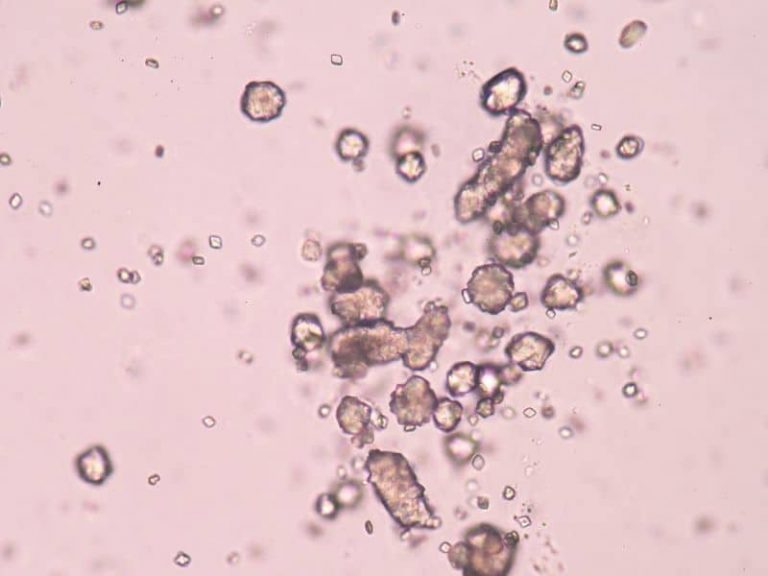
bauchgefühl: Is gout curable? What can you do yourself to reduce the symptoms?
Dr. med. Heinz-Jürgen Träger: It definitely requires a consistent diet that is low in purines. In addition, some foods can help reduce uric acid in the blood. Of course, there are also medicines, but they have a very high potential of side effects or interactions. Alternatives are the use of medicinal plants (phytotherapy) and the modulation of the intestinal flora.
To alleviate the symptoms, it is necessary to consistently avoid foods that contain a lot of purine: Little or no alcohol should be consumed, especially no beer, as there is a high likelihood of gout compared to wine. It is also best not to drink soft drinks, but to drink a high daily quantity of two to three litres of water, but also tea and coffee. And of course lots of micronutrients such as vitamins.
bauchgefühl: Are there foods that break down uric acid efficiently?
Dr. med. Heinz-Jürgen Träger: Yes. The sour cherry lowers uric acid and at the same time has an anti-inflammatory effect that can be measured as early as five hours after consumption. The concentrated juice is even more effective. In addition, the sour cherry promotes the growth of beneficial bifidobacteria in the intestinal flora. The polyphenols found in the sour cherry are responsible for this. If you consume enough polyphenols, you will positively change your intestinal flora, your microbiome, and thus help your intestines to better excrete uric acid.
Another plant whose effect is not yet well known to many is the birch. Its bark and leaves contain tannins and bitter substances, saponins, flavonoids and vitamin C. The latter is also important for the elimination of uric acid. The latter is also important for lowering uric acid. The next therapeutic approach is coffee. However, it is not the caffeine that works here, but the secondary plant substances contained in coffee, the polyphenols already mentioned. Curcumin also promotes the excretion of uric acid and also has an anti-inflammatory effect. This is a plant extract that can be taken concomitantly with many diseases, especially with numerous chronic diseases. For me, curcumin is so important in concomitant therapy because it has a stabilising effect on the microbiome, it has a positive effect on the intestinal barrier, the immune system and has an inhibitory effect on harmful microorganisms in the intestine. This is where chicory comes into play: the high fibre content, which is essential for the “good” bacteria in the gut, and the resulting health-promoting modulation of the intestinal flora can help lower elevated uric acid levels. The proliferation of good bacteria helps to restore a gut that is out of balance. In addition, chicory inhibits the inflammatory reactions associated with gout.
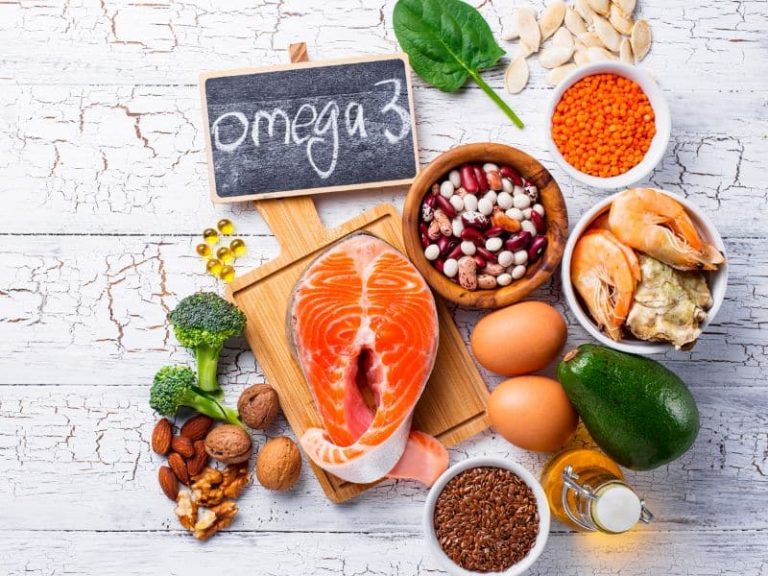
bauchgefühl: Many people have excellent experiences with omega-3 fatty acids. Can you fight gout with fish oil?
Dr. med. Heinz-Jürgen Träger: There is clear evidence that omega-3 fatty acids can suppress inflammation. The fatty acids prevent inflammatory messengers from being sent out. This suggests that use in gout and other inflammatory diseases is useful. Omega-3 fatty acids are mainly found in fatty marine fish. In gout, however, it is recommended not to eat too much fish. It is therefore advisable to take high-quality food supplements with omega-3 fatty acids. Fish oil capsules contain the important omega-3 fatty acids, but hardly any proteins and thus hardly any purines. Likewise, this essential fatty acid is found in microalgae.
bauchgefühl: Of course, we are particularly interested in the connection between gout and intestinal flora. What findings are there in this regard?
Dr. med. Heinz-Jürgen Träger: If you examine the microbiome of gout patients, you usually find a disturbed intestinal flora, a dysbiosis. We find this disturbed intestinal flora in almost all metabolic diseases. That is why a healthy intestine is so important. After all, one third of uric acid is excreted through the intestine. An increased intake of the aforementioned purines can put such a strain on the intestine that dysbiosis occurs as a result and even more uric acid is formed. It is not uncommon for other metabolic disorders to occur, as the dysbiosis in the intestine often also leads to a disturbance of the carbohydrate and fat metabolism and subsequently to obesity or type 2 diabetes.
A healthy intestinal flora is very important for patients with gout, because probiotic bacteria can synthesise enzymes that can break down uric acid. This is where the intake of prebiotics comes into play to nourish the strains of bacteria that are beneficial for us and to stimulate their proliferation. Fibre, roughage or prebiotics have enormous benefits for our health – and are lacking in our western diet. An intake of up to 40 g of dietary fibre per day is recommended, but in fact an average of 8 to 10 g is consumed daily. Our intestinal bacteria simply have too little food. An increase in bifidobacteria and lactobacilli strengthens the intestinal barrier, pushes back pathogenic germs and thus reduces inflammatory processes in the intestine. In addition, there are lactobacilli that are able to promote the breakdown of uric acid. Pro- and prebiotics are in any case an important aspect of gout therapy. Through phytotherapeutics, which at the same time influence the microbiome, and the use of pro- and prebiotics, we have a side-effect-free method to treat gout or to prevent it from developing in the first place, since the body can break down enough uric acid even with a genetic disposition.
What are purines?
Purines are building blocks of genetic information in cells. This means that purines are basically contained in every cell, including almost all foods. These substances are broken down by the body into uric acid via the so-called purine metabolism – the more purines there are in the body, the more uric acid can be produced.
Foods with a high purine content:
- Meat (including game and poultry), sausage products, meat extracts, offal
- Fish (with few exceptions), shellfish and crustaceans
- Soy products, pulses
- Smoked meat
- Asparagus, Brussels sprouts, cabbage, spinach
- Black salsify, leek, corn, broccoli, artichokes
- Fructose in concentrated form (e.g. in soft drinks, sweets,
ready meals)
Profile
Dr. med. Heinz-Jürgen Träger studied human medicine at the Friedrich Alexander University in Erlangen and at the Julius Maximilian University in Würzburg, obtained his doctorate in surgery and completed his specialist training as a general practitioner. He has been ordained in Bad Mergentheim since 1989 and in the course of his work has increasingly integrated naturopathic diagnostic and therapeutic principles into his practice as a supplement to classical orthodox medical treatment.
